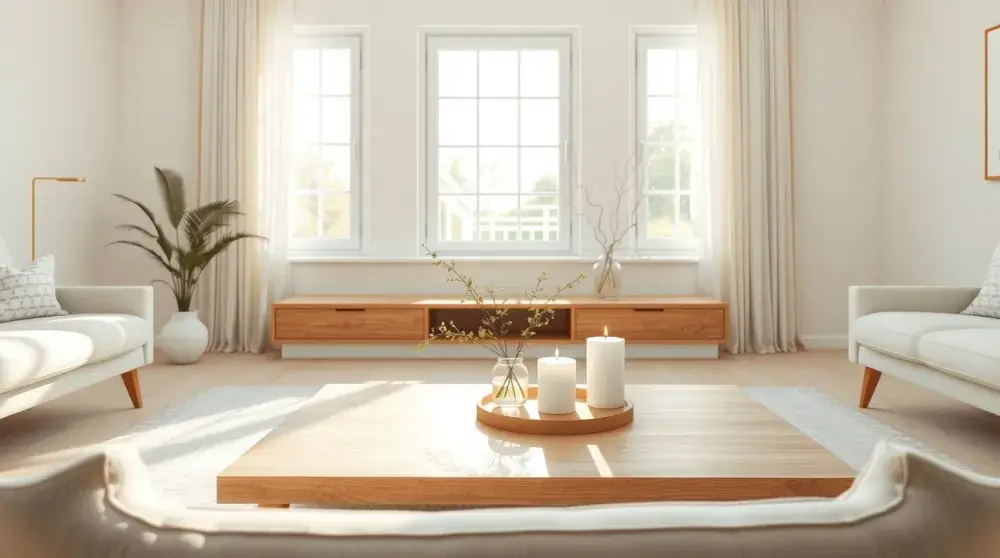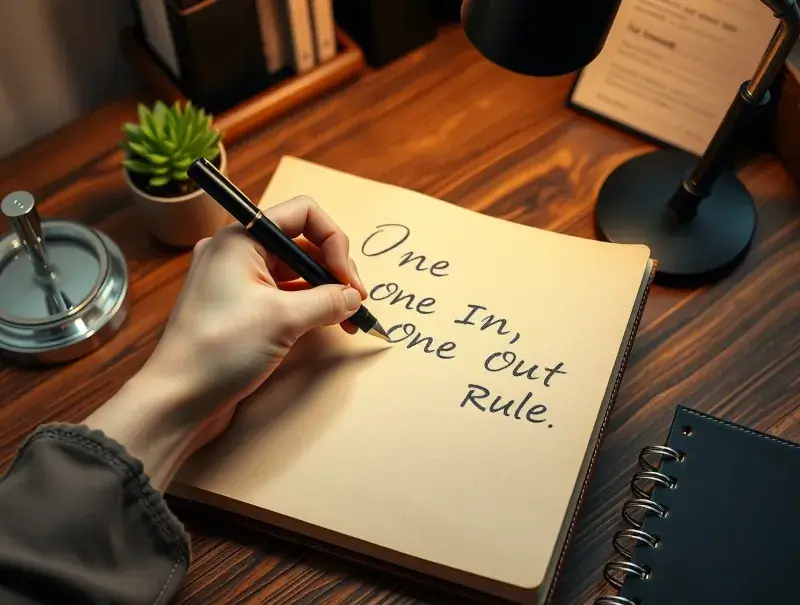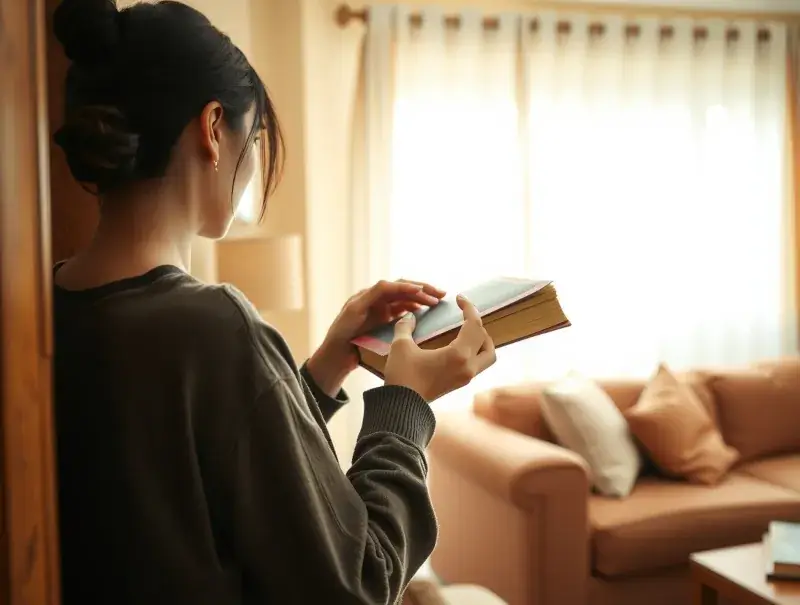
Have you ever decluttered your home, only to realize a month later it’s messy again? You’re not alone. Many of us focus on removing clutter but forget the bigger picture: why the clutter keeps coming back.
That’s where mindful decluttering comes in. It’s not just about tossing things out—it’s about shifting your habits, shopping with intention, and creating a home that supports the life you actually want.
What Is Mindful Decluttering?
Mindful decluttering means slowing down, being present, and making intentional choices about what stays and what goes. Instead of asking “Do I have space for this?”, you ask “Does this add value to my life?”
Unlike one-time purges, mindful decluttering builds a sustainable lifestyle.
👉 If you’re new to decluttering, you might start with the Beginner’s Guide to Decluttering before adding mindful practices.
The Connection Between Clutter & Mindset
Clutter doesn’t just take up physical space—it clutters your mind too.
- Visual Stress: A messy room makes it harder to relax.
- Decision Fatigue: Too many things = too many daily choices.
- Emotional Weight: Old items can tie you to past versions of yourself.
💡 By practicing mindful decluttering, you’re not just cleaning a space—you’re resetting your mental environment.
Principles of Mindful Decluttering

1. One In, One Out Rule
Every time something new comes in, let one item go. This keeps clutter from building up.
2. Pause Before Purchase
Before buying, ask yourself:
- Do I really need this?
- Do I already own something similar?
- Will I use it often?
👉 A simple trick: keep a 30-day wishlist. If you still want the item after 30 days, it’s probably worth it.
3. Curate, Don’t Accumulate
Instead of saving 20 souvenirs, keep one that truly represents the memory. This ties back to our Decluttering Sentimental Items Guide.
Mindful Shopping Habits

Shopping without intention is one of the biggest causes of clutter. Mindful habits can change everything.
- Shop with a list instead of browsing aimlessly.
- Choose quality over quantity → one durable item beats three cheap ones.
- Avoid “sale traps.” If you wouldn’t buy it at full price, don’t buy it at all.
- Ask: Does this fit my lifestyle now?
👉 Tools like pantry organizers or drawer dividers can be smart purchases because they actively reduce clutter instead of adding it.
Mindful Cleaning Routines

Decluttering isn’t a one-day event—it’s a daily practice.
- The 5-Minute Reset: Spend 5 minutes each night putting things back.
- Gratitude Cleaning: While tidying, notice what you’re grateful for (e.g., “I’m thankful for this desk where I work”).
- Mindful Use: When you finish using something, return it immediately instead of postponing.
These habits create a rhythm where clutter doesn’t get the chance to pile up.
Benefits of Intentional Living
When you combine mindful decluttering with intentional habits, the benefits go beyond a clean home:
- More Space, Less Stress: Your environment feels lighter.
- Financial Freedom: Fewer impulse buys save money.
- Better Focus: Less distraction means more mental clarity.
- Environmental Impact: Buying less = reducing waste.
👉 For a practical framework, revisit our Decluttering Checklist to apply mindful habits room by room.
Moving Toward Intentional Living
Mindful decluttering isn’t about having less—it’s about making space for more of what matters.
- More time for people you love.
- More energy for things that inspire you.
- More joy from items that truly serve your life.
“Every item you own should either support your present or inspire your future—never just weigh you down.”
FAQ: Mindful Decluttering
Q: What’s the difference between minimalism and mindful decluttering?
A: Minimalism is about living with less. Mindful decluttering is about living with intention—keeping what adds value, letting go of the rest.
Q: How do I stop clutter from coming back?
A: Adopt small habits: one-in-one-out rule, 5-minute resets, and mindful shopping.
Q: Can I still enjoy shopping if I declutter mindfully?
A: Absolutely. Mindfulness doesn’t forbid buying—it helps you buy things that actually serve your life.
Q: How do I get family members on board?
A: Lead by example. Start with your own things. Share the benefits you feel, not just the rules.
Conclusion
Decluttering isn’t just about removing stuff—it’s about reshaping your relationship with what you own. By practicing mindful decluttering, you create not only a clutter-free home but also a calmer, more intentional life.
If you’re ready to take the next step:
- Start with the Decluttering Checklist.
- Learn how to handle Sentimental Items without regret.
- Or explore Digital Decluttering to simplify your online life.
Disclosure: This post may contain affiliate links. If you buy through these links, we may earn a small commission at no extra cost to you.
